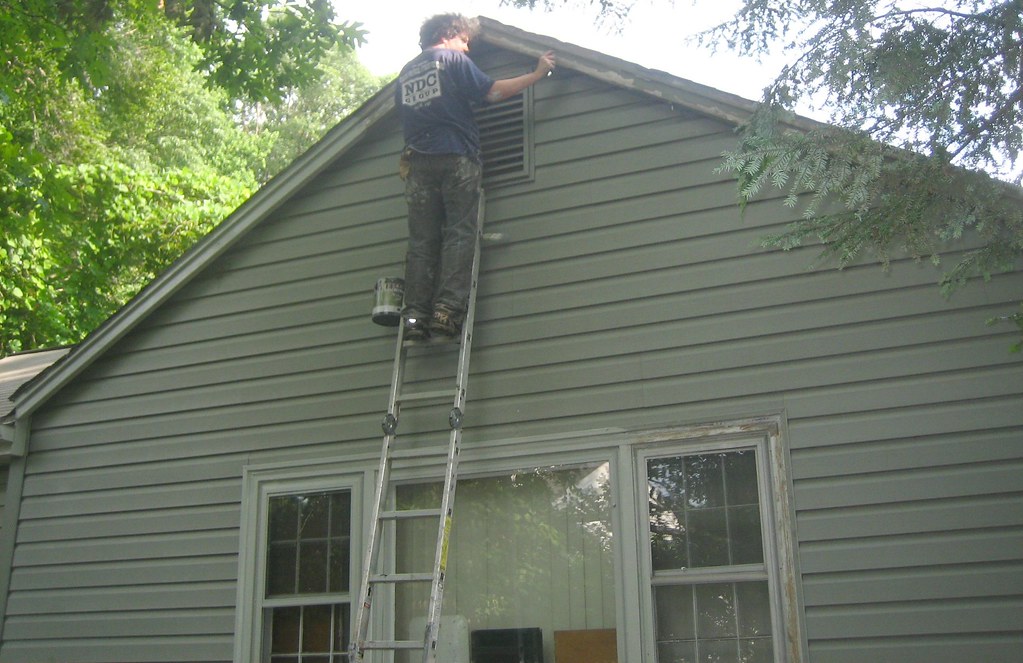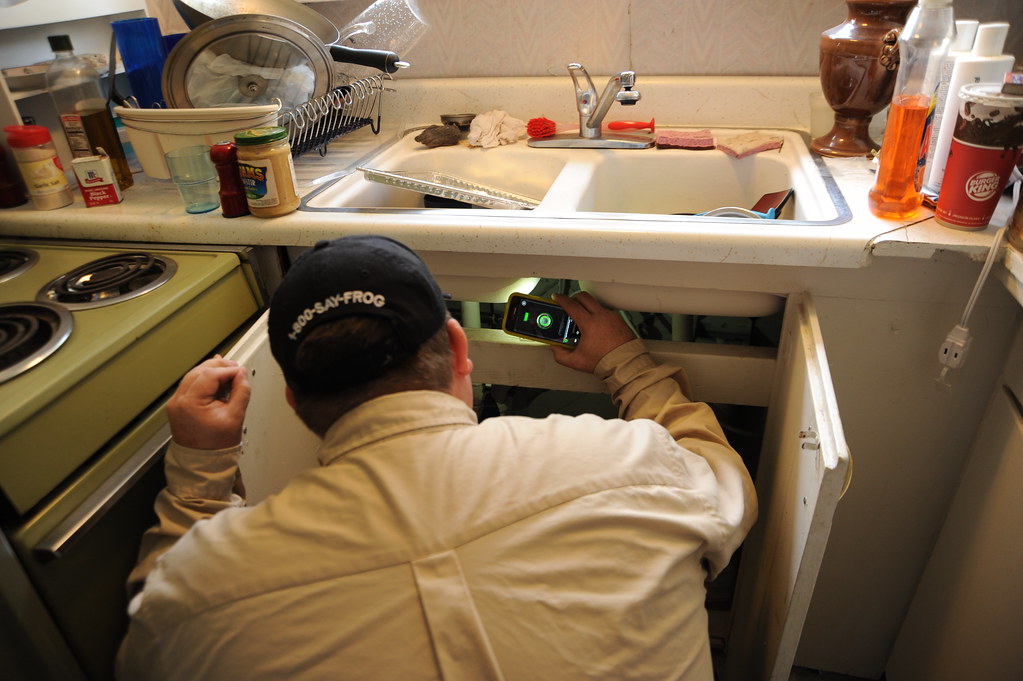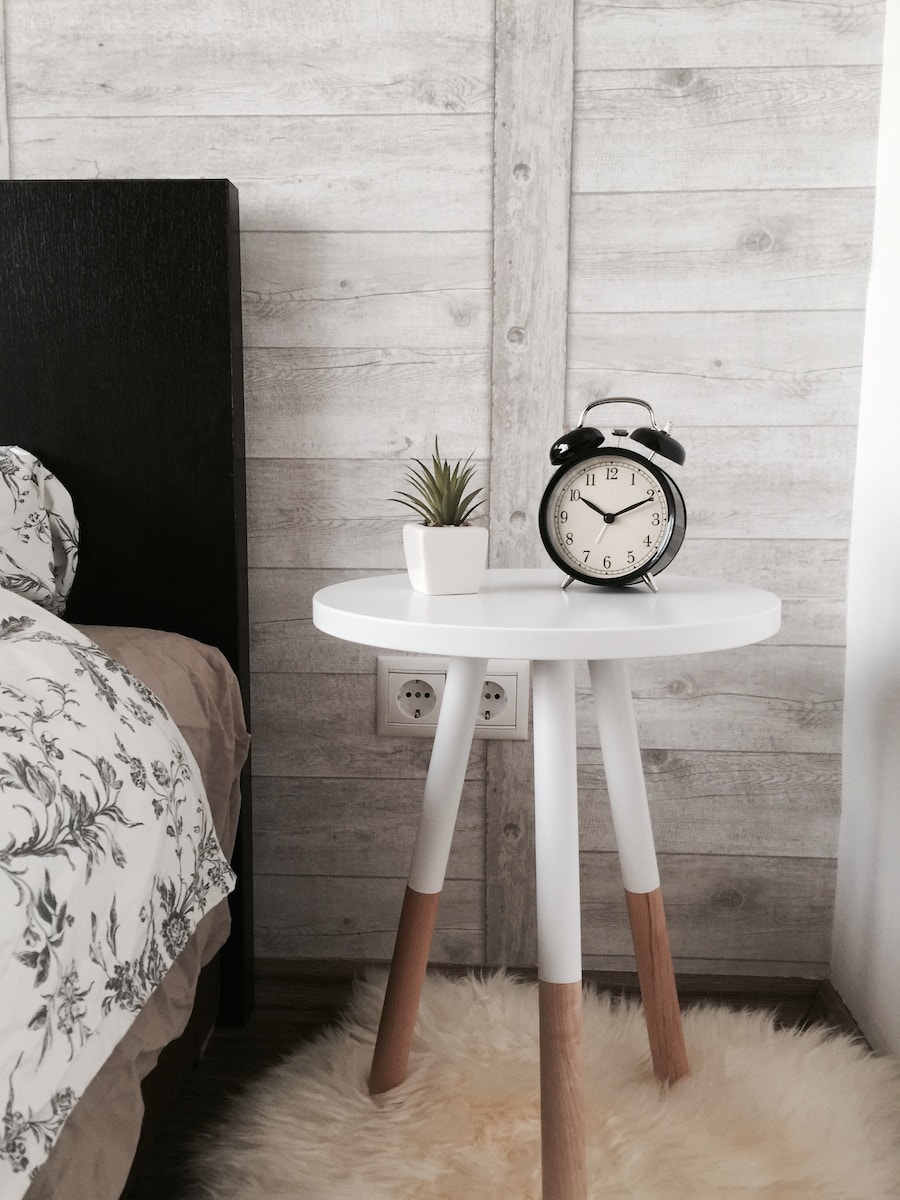Hello there, fellow container home enthusiasts! I’m Emily Owens, and I’ve been navigating the thrilling world of container homes for the past four years. In that time, I’ve experienced the joys, quirks, and occasional challenges that come with owning and maintaining a container home. Today, I’m here to share some invaluable DIY maintenance and repair tips that will help you keep your container home in tip-top shape.
Container homes are fantastic for their affordability, sustainability, and uniqueness. However, like any dwelling, they require some TLC to stay comfortable and functional. So, grab your toolbox and let’s dive into some essential container home maintenance and repair advice.
Roof Inspections and Repairs
Imagine you’re having a relaxing evening in your container home, and suddenly, you notice a dripping sound. Don’t worry; it’s not a plot twist from a horror movie; it’s just a roof leak! Roof issues can be a common concern for container homeowners, so here’s what you can do

Inspect Regularly
Climb up to your roof every few months and check for any signs of damage or rust. Pay special attention to seam connections, as these are potential weak points.
Seal and Paint
If you spot any rust or minor damage, sand it down and apply a rust inhibitor. Follow up with a fresh coat of weather-resistant paint to protect your roof.
Check for Loose Fasteners
Tighten loose bolts and fasteners on the roof. It’s like giving your home a little “hug” to keep it snug.
Preventive Rust Control
Container homes are made of steel, and steel loves to rust if left unchecked. Fortunately, you can take several preventive measures to stop the rust monster in its tracks:
Inspect for Rust Spots
Regularly inspect the exterior of your container for any signs of rust. Pay attention to areas around doors and windows, as well as the bottom of your container.
Clean and Treat
If you find any rust, clean the area with a wire brush or sandpaper, then apply a rust converter or inhibitor to stop it from spreading.
Seal Gaps
Use silicone caulk or weather stripping to seal any gaps around doors and windows to keep moisture out.
Maintain Your Insulation

Proper insulation is key to a comfortable container home, especially if you’re in an area with extreme temperatures. Here’s how to keep your insulation in top shape:
Regular Checks
Periodically inspect your insulation for signs of damage, moisture, or pests. Damaged insulation can lead to energy loss and uncomfortable living conditions.
Replace Damaged Sections
If you find damaged insulation, replace it promptly to maintain your container’s thermal efficiency.
Pest Control
Install screens or barriers to prevent unwanted critters from making a cozy home in your insulation.
Keep an Eye on Plumbing and Electrical Systems
Container homes can be as modern as any other dwelling, complete with plumbing and electrical systems. Here’s how to ensure they work smoothly:
Check for Leaks
Regularly inspect pipes and plumbing fixtures for leaks. Fix any issues promptly to prevent water damage.
Update Wiring
If your container home has an older electrical system, consider updating it to meet current safety standards. Always hire a licensed electrician for this job.
Ground Preparation
Container homes may need some groundwork to ensure stability and prevent moisture issues:
Proper Foundation
Make sure your container home is placed on a suitable foundation, such as concrete footings or piers. This helps prevent settling and ensures proper drainage.
Moisture Barrier
Install a moisture barrier, like gravel or plastic sheeting, under your container to keep moisture from creeping in from the ground.
Ventilation Matters

Container homes can sometimes suffer from poor ventilation. Here’s how to address this issue:
Install Vents
Add vents to promote airflow and prevent condensation buildup inside your container. You can use passive vents, powered vents, or a combination of both.
Regular Cleaning
Keep vents clean and free of debris to ensure they function optimally.
Regular Cleaning and Pest Control
Lastly, maintaining a clean and pest-free environment is essential for a comfortable container home:
Clean and De-Clutter
Regularly clean your home to prevent dirt buildup and clutter. This will help maintain a pleasant living environment.
Pest Inspections
Schedule periodic pest inspections to catch potential issues early and prevent infestations.
Remember, DIY maintenance and repairs are part of the adventure of owning a container home. It’s about making your space your own while taking care of it along the way. With these tips, you’ll be well-equipped to keep your container home in excellent condition and enjoy the unique lifestyle it offers. Happy container living, everyone!





















Find Us on Socials